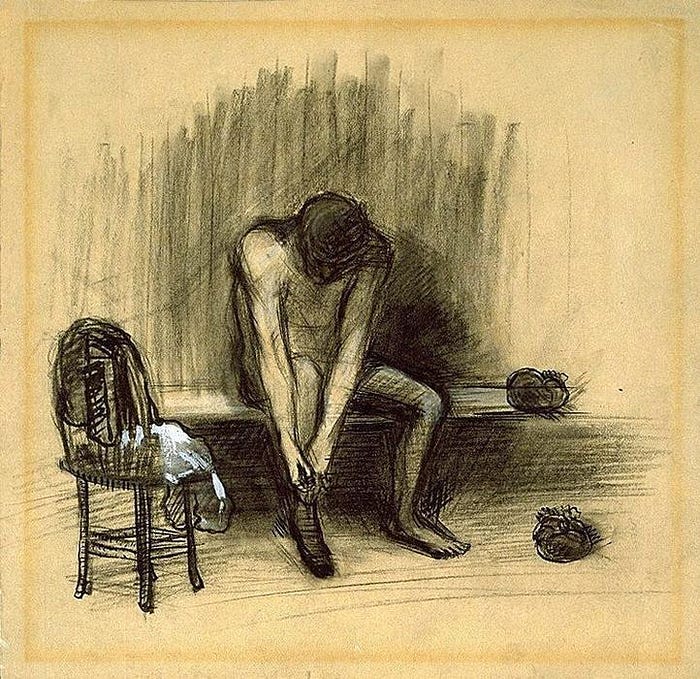Introduction
Drawing is a fundamental skill for artists, depending on their abilities. This means that there are some basic rules to follow, like these six tips on how to draw anything accurately.

1. Start by Drawing Shapes
This advice will be something you will keep hearing over and over again in art classes and workshops. To better understand what it means, consider how children draw faces. They know that a face has two eyes, two ears, a censored nose, and two lips. For example, children will pose them no matter how the person is facing them. They don’t draw what they see; they draw what they know. Adults do this, to some extent. To draw accurately, really look at the thing you’re drawing rather than the thing you think you see. Look at everything you see and try to make a list if that helps but try to separate the way you think things should be there vs. what is there.

2. To draw anything well, consider the negative shapes as much as you do the positive shapes
Students often struggle to decide how to draw an arm from a model's body or how far apart two objects on a table should be. To find this out, you have to imagine that the arm and the “negative space,” or the space left between the distance of the model's body and the tip of her arm, is a solid object with height, width, and length. It can be applied the same when trying to find out how far one building is from another or determining how high some head is on a model's shoulders. When drawing anything for the most part, I like to play with the negative space as I would with the positive shapes.
3. Visualize and draw the lines you can’t see to draw visible lines accurately
Sometimes the hardest thing to draw is something that I only partly, or partially hidden from your view and the best way is to just continue the lines as if you were able to see it. For instance, if you wish to find out how curved a bowl containing fruit is, you draw the full circle of the top as if the bowl is empty out, and you remove the sections of the circle blocked. To know how much a leg extends beyond the waistline, simply drop an imaginary plumb line from the waist to the floor, and judge what shape the triangle formed by that leg, floor, and plumb line takes.
4. Draw connected shapes

Calculating the distance from a person’s head to the bottom of his feet, from one ear to another, or from a far tree to one in the foreground is very difficult unless you draw everything in between.
You do this: guess the total height of a standing figure, draw it to scale so that it can fit on the sheet of paper, then work your way down from the head to shoulders, from shoulders to waist, to knees, on down, something like this, something so you can judge each shape in its place, in relationship to the others. Use connectivity to draw anything, and chances are you will spot mistakes faster, and have a cohesive whole faster.
5. Draw light guidelines between shapes to better judge the distances between them
According to artist Robert Librance, the best course of action is to begin making a very light, straight line with your hand running between all the components and parts of your figure. Then slowly keep adding more lines using Conté crayons graphite, charcoal, or colored pencils to darken the edges of the shapes and shadow patterns between them.
6. Draw using the AR Drawing app

AR Drawing is an artistic application, which can be located between simple drawing and augmented reality. It overlays the table with projected sketches that enable the use of the table without being artistic. Anyone can use this application, AR Drawing Paint and Sketch also have some other features such as layers, tracing, and importing photos which makes these tools more useful and interesting for artists.

No comments:
Post a Comment